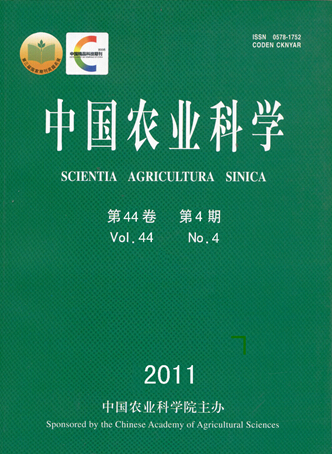【Objective】The objective of this study was to investigate the effects of exogenous γ-aminobutyric acid GABA application on the alleviation of tomato injury of salt stress. 【Method】 Hydroponic experiments were performed to investigate the effects of exogenous GABA application (5 mmol?L-1) on growth, reactive oxygen species metabolism, chlorophyll contents, Pn and chlorophyll fluorescence parameters in seedlings of tomato cultivar ‘Jinpeng No.1’ under NaCl stress (50 mmol?L-1). 【Result】 It was found that exogenous GABA significantly increased activities of SOD, POD, CAT, GR and productive rate of , but slightly affected the growth, APX activity, contents of AsA, H2O2, MDA in tomato leaves under normal nutrient solution. On the other hand, exogenous GABA application to normal nutrient solution had no significant effects on chlorophyll contents, Pn, maximal photochemical efficiency of photosystem II (Fv/Fm) and non-photochemical quenching coefficient (NPQ), but Chl a/b, electron transport rate (ETR), actual photochemical efficiency (ΦPSⅡ) and photochemical quenching coefficient (qP) significant increased in tomato leaves. In comparison to NaCl stress, exogenous GABA application led to a marked increase in leaves growth, activities of SOD, POD, APX and GR, contents of AsA and GSH, as well as decrease in accumulation of , H2O2 and content of final product of membrane lipid peroxidation MDA, but little influence on CAT activity in leaves. Meanwhile, the addition of GABA to the salinized nutrient solution could maintain higher PSⅡ activity through significantly improving chlorophyll content, Pn, Fv/Fm, ETR, ΦPSⅡ and qP, as well as decreasing NPQ. 【Conclusion】Exogenous GABA application enhanced salt tolerance in tomato seedlings and alleviated the salt stress damage to PSII center via enhancing the antioxidant enzymes activities and the contents of antioxidants, reducing the accumulation of H2O2 and protecting the stabilization of membrane from peroxidation.









